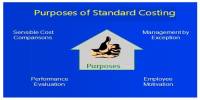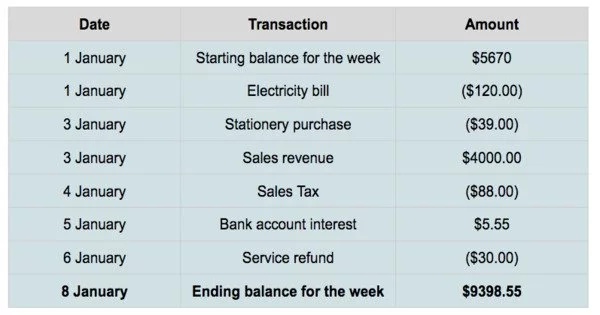Overhead variances occur when actual overhead costs differ from expected amounts. The difference between the standard cost of overhead allowed for the actual output achieved and the actual overhead cost incurred is defined as overhead cost variance. In other words, overhead cost variance is the difference between under and over-absorption of overheads.
Classification of Overhead Variances –
(1) Capacity or Volume Variance
It is the portion of the fixed overhead variance caused by the difference between the standard cost of fixed overhead permitted for the actual output and the budgeted fixed overheads for the period in which the actual output was achieved. This variance represents the excess or deficiency in the absorption of fixed overheads during a given period.
The overhead volume variance is a difference between the actual and budgeted expenses. In general, the capacity or volume variance denotes the deviation from the budgeted fixed overheads of the product’s fixed overheads. It is referred to as a volume variance because it can be calculated for both variable and fixed overheads and combined into a single rate based on the same activity.
The formula for this variance is:
Actual fixed overhead – Budgeted fixed overhead = Fixed overhead spending variance
Because the amount of expense related to fixed overhead should be relatively fixed (as the name implies), the fixed overhead spending variance should not theoretically vary much from the budget.
If the actual output exceeds the budgeted output, there is over-recovery of fixed overheads and volume variance is favorable; conversely, if the actual output is less than the budgeted output, there is under-recovery of fixed overheads and volume variance is favorable; and vice versa if the actual output is less than the budgeted output. This is because fixed overheads are not expected to change as output changes.
(2) Spending Variance
The difference between the actual overheads incurred and the flexible budget overheads for the actual volume is referred to as spending variance. This difference is caused by the actual overheads differing from the flexible budget overheads for the actual volume.
The variable overhead spending variance is the difference between actual and budgeted variable overhead spending rates. The variance is used to draw attention to the overhead costs that differ from expectations. The formula is:
Actual hours worked x (Actual overhead rate – standard overhead rate)
= Variable overhead spending variance
A favorable variance means that the actual variable overhead expenses incurred per labor hour were less than expected.
(3) Efficiency Variance
The overhead efficiency variance is the difference between an activity’s actual and standard hours. To put it another way, it is the difference between actual and standard output multiplied by the variable overhead rate. It is the portion of the volume variance that is due to the difference between the budgeted and actual efficiency of production.
This variance is related to the efficiency of workers and plants and is calculated as:
Standard Rate per unit (Actual Production (in units) – Standard Production (in units)
or Standard Rate per hour (Standard Hours Produced — Actual Hours)
In this context, standard production or hours refers to budgeted production or hours that have been adjusted to increase or decrease production due to capacity or calendar variance.
















